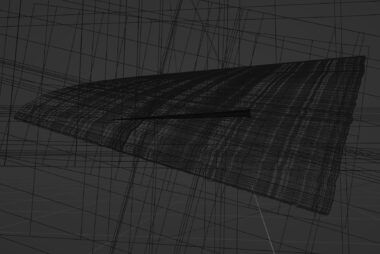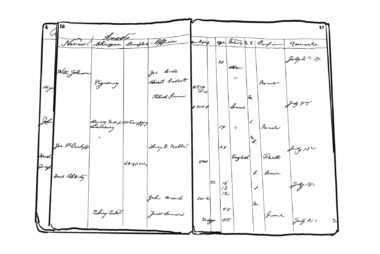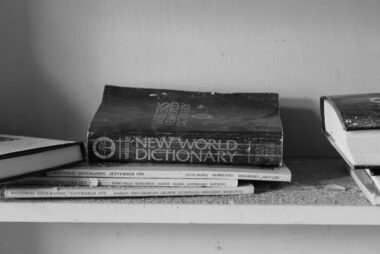
Animating the Archive: The 3D Rendering of Emily Dickinson’s Pinned Poems
In Dickinson’s pinned poems — i.e., those late poems she made via the association/ pinning together of materially separate manuscripts — this standard display renders readers blind both to the poet’s radical practice of making, unmaking and re-making works from the multiple fragments of her archive and to the combinatory possibilities of the lyric form itself. Here we focus on the limited case of Dickinson’s pinned poems, combining transcription with 3D rendering and animation to digitally recreate the process by which they were composed and reveal the multiple possible material and temporal relations among the manuscript fragments composing a poem and its versions. In so doing, this presentation makes manifest previous shortcomings in digital display methods and proposes new ways of reading Dickinson’s work that embrace the complications that materiality brings to literary interpretation.


